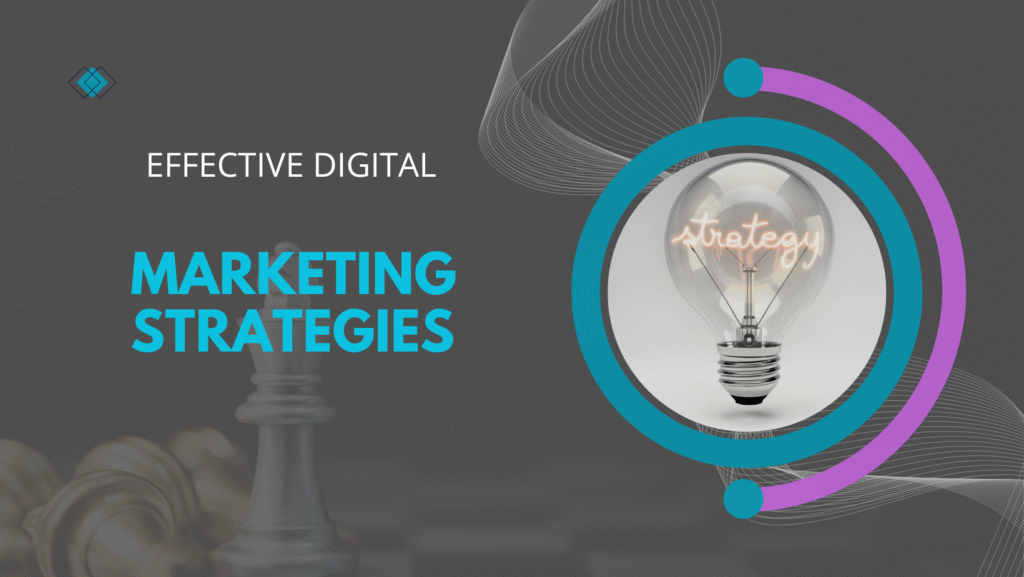In today’s fast-paced digital world, AI isn’t just an upgrade—it’s essential. From chatbots that answer customer queries instantly to tools that optimize ad spend with precision, AI is revolutionizing how businesses connect with audiences.
At Cyberbizz Training, we focus on empowering learners with real-world, hands-on training. This guide will walk you through how AI is used in marketing, what tools are essential, and how you can get started today.
What Is AI Doing in Digital Marketing?
AI, or Artificial Intelligence, is transforming how businesses:
- Interact with customers
- Create and personalize content
- Analyze data for insights
- Optimize ad campaigns
Key Benefits
- Real-time customer service with AI chatbots
- Hyper-personalized content recommendations
- AI-generated social and blog content
- Predictive analytics for smarter decision-making
- Data-driven ad performance with automated bidding
AI in Action: Key Areas of Impact
1. Chatbots & Customer Support
Tools like ChatGPT, Intercom, and Drift provide 24/7 support, lead qualification, and personalized interactions.
2. Content Creation at Scale
AI tools like Jasper, Copy.ai, and Synthesia allow marketers to produce blog posts, captions, videos, and email campaigns faster than ever.
3. Predictive Analytics
Using platforms like Google Analytics 4 or Salesforce Einstein, marketers can forecast trends, personalize journeys, and segment audiences accurately.
4. Smart Ad Optimization
Platforms like Meta Ads AI, Google Smart Bidding, and Adobe Sensei use real-time data to manage ad spend and targeting.
What Are AI Agents?
AI agents are smart tools designed to act autonomously. They learn, adapt, and make decisions to automate repetitive or data-heavy tasks.
Common Uses in Marketing
- Handle customer support
- Suggest and write content
- Optimize ad performance
- Segment and analyze audiences
These agents become smarter the more they interact with data, making them ideal for a fast-evolving digital world.
A Step-by-Step Framework to Use AI in Your Marketing
Step 1 – Define Your Marketing Objectives
Ask yourself:
- Do you want to boost leads?
- Lower bounce rates?
- Automate customer engagement?
Your goals determine your tools.
Step 2 – Choose the Right AI Tools
| Category | Tools |
| Chatbots | ChatGPT, Drift, Tidio, Intercom |
| Content | Jasper, Copy.ai, Writesonic |
| SEO & Analytics | SurferSEO, SEMrush AI, Clearscope |
| Ad Optimization | Google Smart Bidding, Meta Ads |
| Email Marketing | Mailchimp, ConvertKit with AI |
Step 3 – Train Your Tools
Feed your AI with:
- FAQs and customer queries
- Previous campaigns
- Brand tone guidelines
Step 4 – Integrate AI with Your Stack
Use CRM systems like Zoho or HubSpot, and ensure your AI tools connect with analytics, email, and social platforms.
Step 5 – Monitor & Optimize
Track:
- Conversion rates
- Email open rates
- Engagement levels
- Ad ROI
AI needs feedback to improve. The more data you provide, the better your results.
Real-World Examples of AI in Marketing
Netflix
Uses AI for hyper-personalized recommendations and thumbnails.
Sephora
Virtual Artist” chatbot matches products to skin tone and preferences.
Coca-Cola
Uses AI to analyze social trends and create content ideas.
Spotify
AI-curated playlists like “Discover Weekly” boost retention and user love.
Cyberbizz-Trained Startups
Our students now use tools like ChatGPT for support, Jasper for blogs, and Google Ads AI for better ad performance—and are seeing up to 30% ROI improvements.
Skills You Need to Succeed with AI in Marketing
At Cyberbizz Training, our digital marketing course now includes:
- AI for content & automation
- Predictive modeling
- Chatbot development
- Real-world case studies
Whether you’re a student, marketer, or business owner, these skills are essential.
Tips to Maximize Your AI Usage
1. Augment, Don’t Replace
Use AI to empower—not eliminate—your team.
2. Humanize the Content
Always review AI-generated output to ensure relevance and emotional tone.
3. Stay Updated
Follow newsletters and tech blogs to stay ahead.
4. Be Ethical
Use customer data responsibly and transparently.
5. Test Everything
Run A/B tests to understand what content works best.


